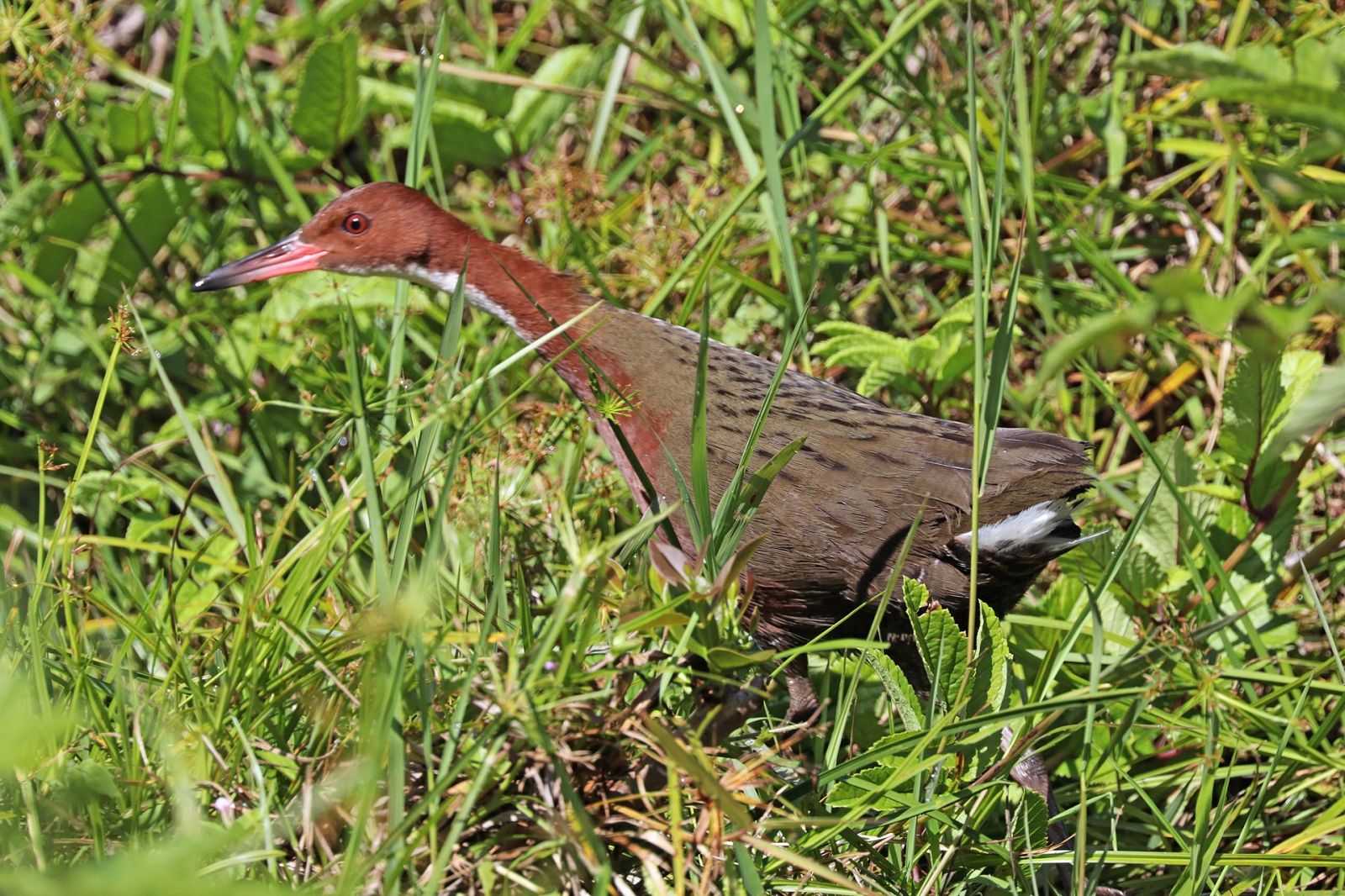This Bird Lost Its Ability to Fly... Twice
Published by Adrien,
Source: Zoological Journal of the Linnean Society
Other Languages: FR, DE, ES, PT
Source: Zoological Journal of the Linnean Society
Other Languages: FR, DE, ES, PT
Follow us on Google News (click on ☆)

The Aldabra rail, a bird that evolved to become flightless twice via iterative evolution.
Image Wikimedia
At first glance, the Aldabra rail might seem ordinary. With a size comparable to that of a chicken, its speckled gray back, a rust-colored head and torso, and a white throat, it stands out for one astonishing characteristic: it is the only bird currently unable to fly in the Indian Ocean, a survivor from a group that once included the dodo (Raphus cucullatus). This unique status is the result of a remarkable evolutionary process, illustrated by a 2019 study published in the Zoological Journal of the Linnean Society.
The story begins around 136,000 years ago when Aldabra Atoll was submerged, leading to the extinction of many species, including a subspecies of rail that was flightless. When the atoll resurfaced about 18,000 years later, the white-throated rail, capable of flight, recolonized it. Over time, these birds evolved again into a flightless form, a phenomenon supported by the discovery of fossils showing heavier and more robust legs dating to about 100,000 years ago, indicating a loss of flight ability.
This evolution towards flightlessness appears to have been advantageous in this isolated environment. Birds, laying their eggs on the ground, benefit from strong legs to swiftly move around right from hatching, a trait crucial for survival. The iterative evolution of the Aldabra rail highlights a fascinating aspect of evolution: nature's ability to follow similar paths under similar environmental pressures.
The case of the Aldabra rail is unique in the annals of biology, representing the only known instance of a bird becoming flightless twice through the same ancestor. This discovery illustrates not only the plasticity of evolution but also highlights the importance of Aldabra Atoll as a natural laboratory for studying evolutionary dynamics.